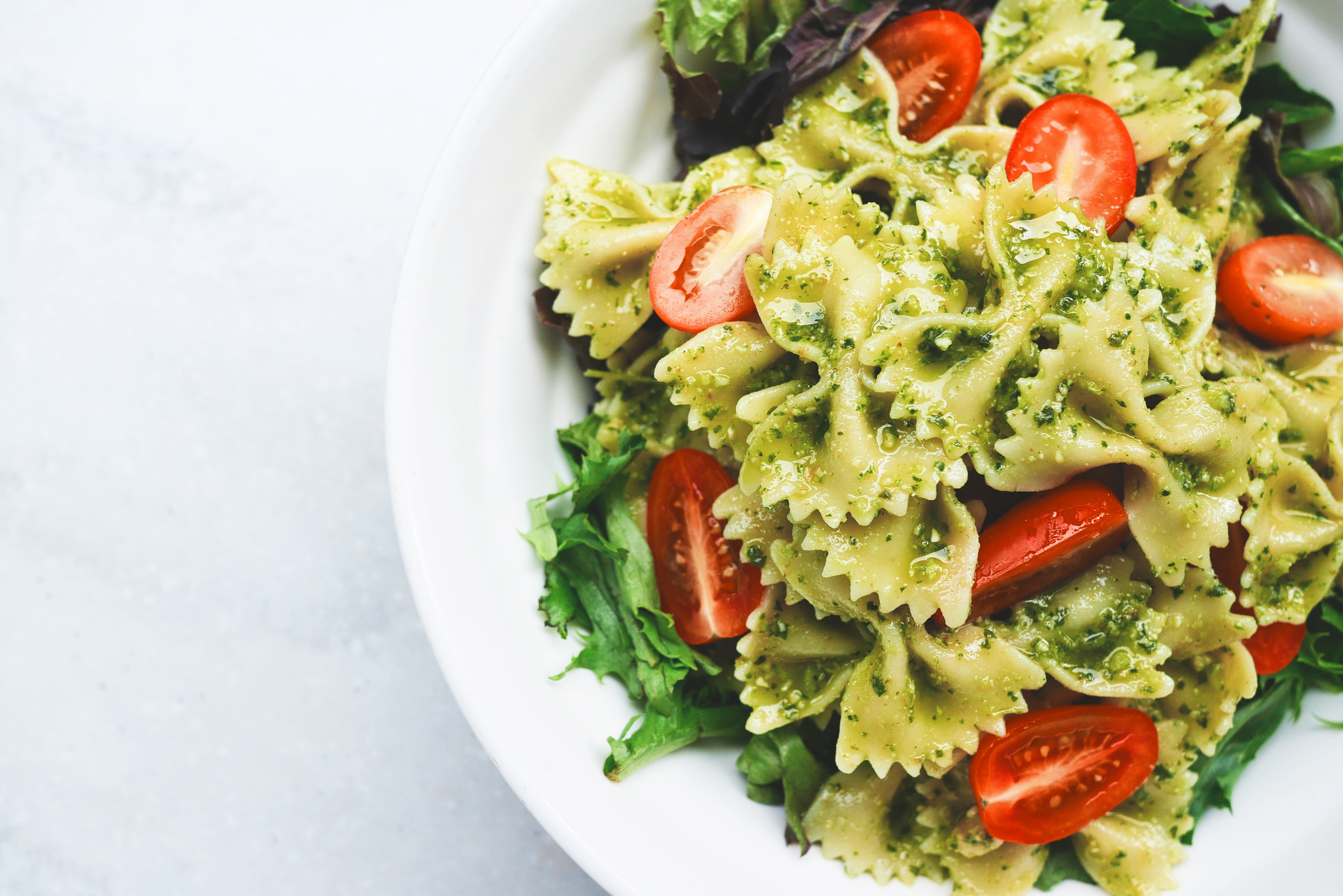As a clinician, researcher, and former professor, I love to break down complicated science and make it simple and (pardon the pun) digestible.
And one of the simplest principles of healthy eating is this: plants are the cornerstone of a healthy diet. Think of Michael Pollan’s elegant summation: “Eat food. Mostly plants. Not too much.”
Though I love a straightforward rule, there’s another elemental truth that we have to consider: not all plants are good for us.
In fact, certain plants can be harmful to your health, particularly those that contain a type of protein called a lectin, which is designed to cause harm to any creature that consumes the plant. And that’s the paradox: plants are both friend and enemy, source of health and, in certain instances, triggers of disease. Some plants are more dangerous than others, including many of the plants that have long been considered to be some of the healthiest foods you could eat. Fruit, for example. And vegetables with seeds that are technically fruits (such as cucumbers, tomatoes, squashes, zucchini, and eggplant). Wheat.
Corn. Beans and other legumes.
I know what you might be thinking—how could it possibly be true that the fresh, colorful foods in the produce section could actually be unhealthy? Or that the beans, whole wheat bread, and brown rice we’ve hailed as health foods for decades could actually cause us harm? Well, to really understand it, we have to do a little time travel.
I want you to imagine that it is 450 million years ago. The only living things on Earth are plants. With no predators, they rule the land, using their incredible chemical ability to transform sunlight into matter to proliferate. Then, about 90 million years later, insects showed up. Suddenly, plants had to develop defensive mechanisms to protect themselves and their babies (aka their seeds) from being eaten, because plants don’t want to be killed and consumed any more than you do, and they don’t want their babies to be eaten either. Like all life forms, they are programmed to grow and reproduce, and being eaten puts the kibosh on all these biological imperatives.
Since the arrival of insects, plants have been developing and refining sophisticated ways to prevent other creatures—including humans, who first began to evolve only about two to four million years ago—from eating them.
That’s 340 million years of evolution that plants have on us; 340 million years of developing defense mechanisms.
You may think that plants are pretty helpless, but they actually possess an impressive arsenal of tactics to protect themselves from predators. For example, while they may not be able to run, they can hide by adapting their color to blend in with their surroundings. And while most plants can’t launch an offensive attack, they can defend themselves by causing injury to any creature that eats them. This includes short-term strategies like poisoning, paralyzing, or entrapping their predators. It also includes the long-term strategy of making them very, very sick.
Lectins are a long-term defense strategy. (Gluten is a lectin, you may be surprised to learn, but it’s certainly not the only one, nor even the most dangerous. It’s just the media darling—the Kim Kardashian—of lectins.) As I mentioned, lectins are proteins—most are large, sticky proteins that are drawn to sugar molecules. When you eat a plant that is high in lectins, one of the negative outcomes is that these proteins start marauding throughout your digestive tract, looking for sugar molecules to which they can hitch their wagon. Your intestinal lining is only about one cell thick. While it is delicate, it is elegantly designed to keep some food particles inside the gut (so they can ultimately be excreted as waste) and to allow the small particles of vitamins, minerals, and other nutrients your body needs to pass through the wall and into the bloodstream. It does this through a series of tight junctions that function as gatekeepers between the cells in the lining of your gut.
The way these tight junctions function is similar to a game of Red Rover— when a line of little kids locks arms together, they can keep out most other little kids. But lectins lock onto the surface of your intestinal cells and flip a switch that makes these tight junctions break apart. It is the equivalent of a playground bully, ramming its way through the junctions between cells, entering the bloodstream and leaving holes in the gut wall that then allow other large molecules, including bacteria, to seep through, creating a condition known as “leaky gut.” Once in the bloodstream, these intestinal escapees trigger an immune response—because the body doesn’t recognize them, and it considers them invaders. This fires up inflammation, which explains why so many of my patients have high blood levels of inflammatory cytokines—chemicals that alert the immune system to a threat.
THE PLANT PARADOX COOKBOOK: 100 Delicious Recipes to Help You Lose Weight, Heal Your Gut, and Live Lectin-Free by Steven R. Gundry. Copyright © 2018 by Steven R. Gundry. On sale April 10, 2018 by Harper Wave, an imprint of HarperCollins Publishers. Reprinted by permission.


